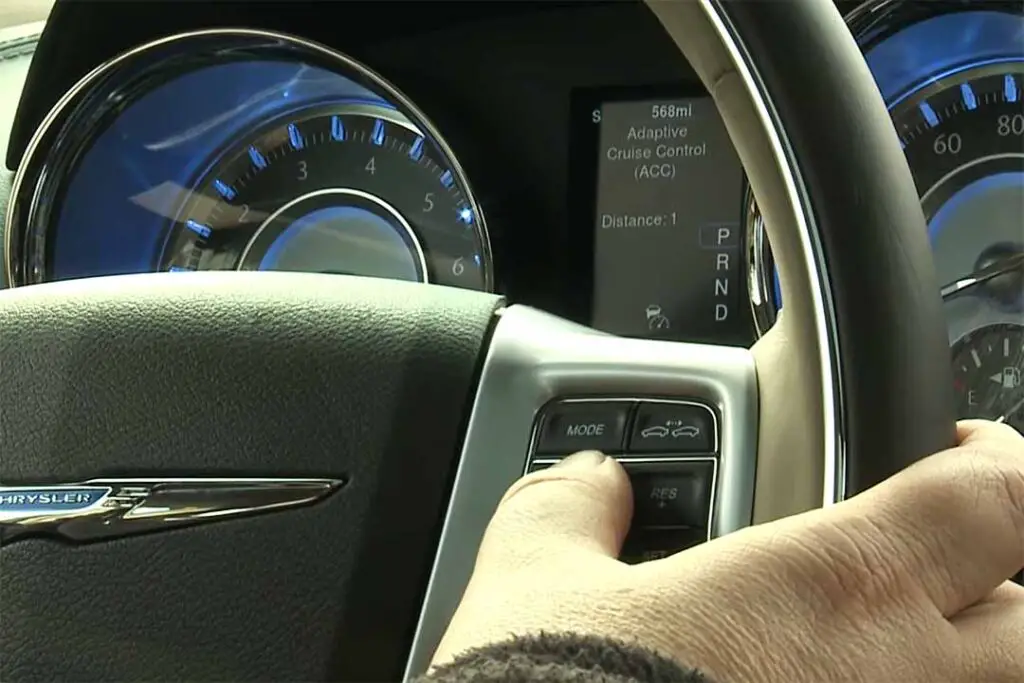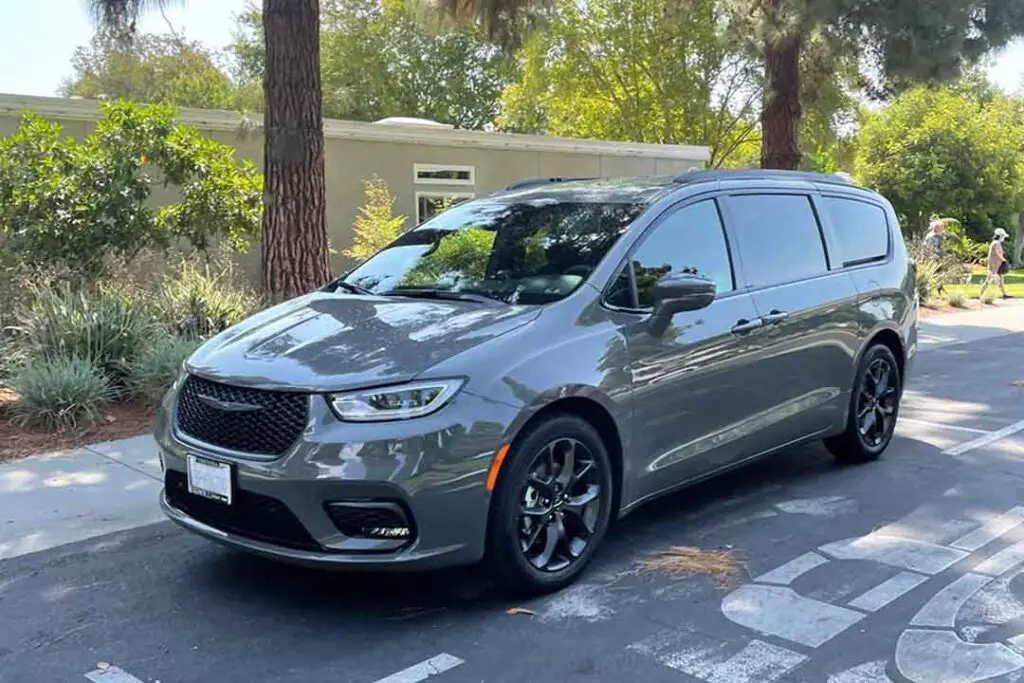Cruising along the open road, the convenience of cruise control can make driving a Chrysler a pleasurable experience. However, an unexpected hiccup can arise when replacing the battery, leaving the cruise control system unresponsive.
Electrical hiccups and battery reset, brake switch malfunction, stalk, and signal transmission, lost memories and re-calibration, and deeper electrical gremlins are the most common reasons behind the cruise control not working after a battery change.

In this article, let’s unravel the mystery behind why cruise control may cease to function after a battery change in a Chrysler vehicle. I’ll explore the possible causes and practical solutions to get your cruise control back on the road.
Contents
What Causes the Cruise Control Not Working After a Battery Change? How Do You Fix It?
1. Electrical Hiccup and Battery Reset
Let’s begin by understanding the common culprit – an electrical hiccup that disrupts the cruise control system during a battery replacement. Fear not! You can often address this issue by taking charge with a battery reset.
Turn off the ignition, patiently wait for at least 30 seconds, reconnect the battery, and allow your vehicle to undergo a full reboot. This process acts as a gentle wake-up call for the cruise control, resolving the temporary disturbance.
2. Brake Switch Malfunction
If your cruise control stubbornly refuses to engage, it could be due to a malfunctioning brake switch. A bright and responsive display indicates a well-functioning brake switch.
Conduct a straightforward check by inspecting your brake lights. If issues persist, investigate the brake switch for potential malfunctions or consider replacing it.
3. Stalk and Signal Transmission
Imagine your cruise control stalk as a Morse code transmitter on your steering wheel, sending signals to activate and adjust the system.
If the buttons on the stalk are uncooperative – stuck, depressed, or not making proper contact – your cruise control won’t receive the necessary commands.
To fix it, firmly press and release the cruise control stalk buttons to ensure proper contact. If problems persist, inspect the stalk for any physical issues and consider repair or replacement for optimal functionality.
4. Lost Memories and Re-calibration
A battery change can induce temporary amnesia in the cruise control, causing it to forget its pre-programmed settings. There is no need to panic – what you need is a re-calibration process.
Here’s how to do it:
- Insert the ignition key, and turn it to “ON,” but don’t start your Chrysler.
- Identify the cruise control interface, either on the steering wheel or dashboard.
- Check your Chrysler manual for the precise button combo to recalibrate; usually involves holding “Set” and “Resume” simultaneously for a few seconds and releasing them.
- You will see a message on your instrument cluster or a blinking light associated with the cruise control system on a successful recalibration.
- Finally, start the engine and test the cruise control. Ensure it engages, accelerates, and decelerates as intended.
5. Deeper Electrical Gremlins
In rare cases, persistent cruise control issues may indicate deeper electrical gremlins within the car’s system or specific components.
In that case, seek assistance from a certified mechanic or your dealership for a thorough electrical diagnosis. They’ll delve into the system, identify lurking problems, and get your cruise control back on track.
Also Read: Chrysler Pacifica Clicking Noise When Off: 2 Easy Fixes

FAQS
Can a Bad Battery Cause Cruise Control to Malfunction?
A faulty battery can indeed impact cruise control operation.
The system depends on a steady power supply, and if the battery fails, it results in voltage fluctuations, directly affecting cruise control functionality.
When the battery voltage is insufficient, the vehicle’s computer may deactivate non-essential functions, including cruise control, for safety reasons.
How Do I Determine if My Cruise Control Fuse Is Blown?
A blown fuse halts cruise control. To confirm a blown cruise control fuse in your Chrysler, locate the fuse boxes in the passenger compartment and under the hood. Identify the fuse labeled “Cruise Control” or “CC.”
If not explicitly labeled, consult the manual for the correct fuse number or amperage.
Visually inspect for a broken filament in the transparent casing or use a multimeter for resistance measurement. If blown, replace it with a matching fuse (usually 5 or 10 amps) using a fuse puller tool.
Read More: Why Is My Chrysler Pacifica Push Button Start Not Working? – 4 Easy Fixes
Final Thoughts
In the intricate world of automotive electronics, a seemingly simple task like changing a battery can temporarily disrupt the functionality of cruise control. I’ve covered a spectrum of potential issues, from addressing electrical hiccups to checking the brake switch and ensuring proper signal transmission.
Should these DIY solutions prove ineffective, don’t hesitate to seek professional assistance. Deeper electrical gremlins might be at play, necessitating the expertise of a qualified mechanic or dealership.
